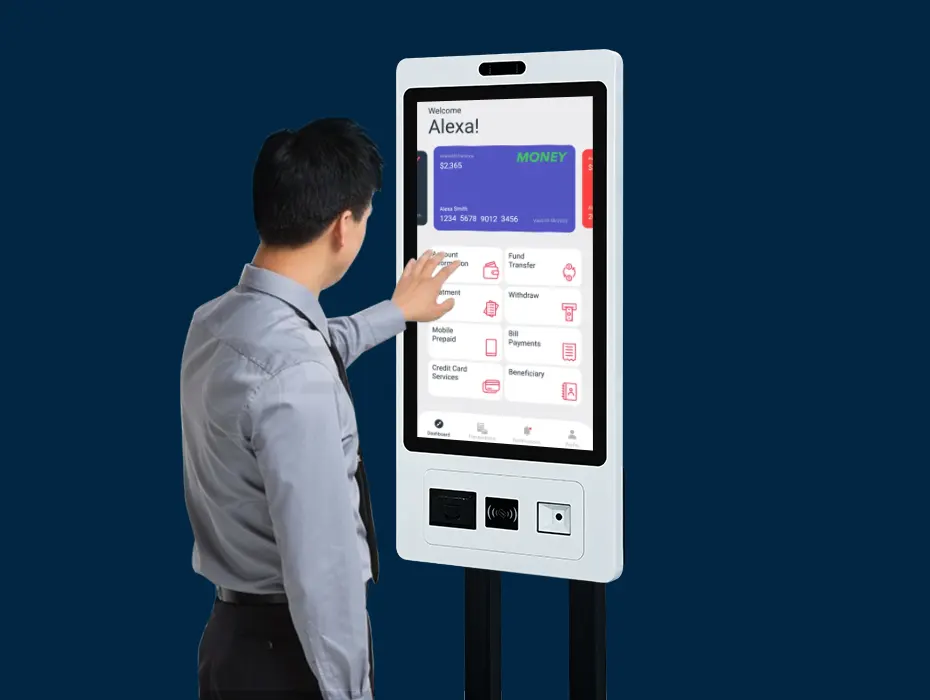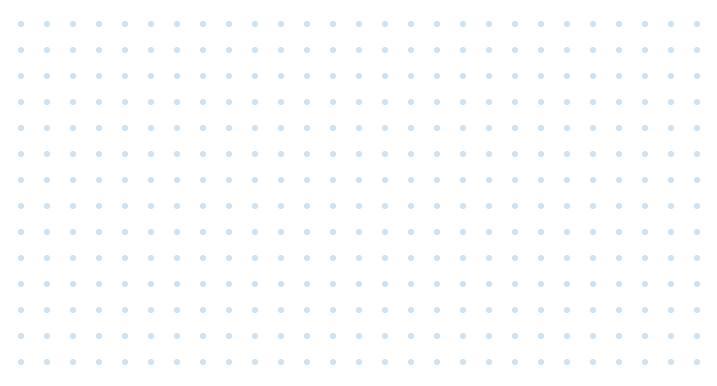Touch screen monitors have become an integral part of our daily lives, revolutionizing the way we interact with technology. From smartphones to tablets to interactive displays, touch screen technology has evolved significantly over the years. In this article, we will explore the different types of touch screen monitors available in the market, their working mechanisms, pros, and cons, in order to help you make an informed decision when choosing the right touch screen monitor for your needs.
Capacitive Touch Screen Monitors
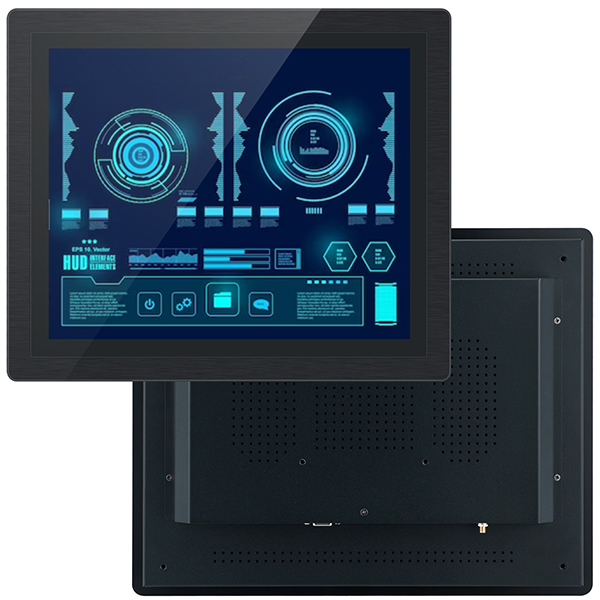
Capacitive touch screens operate by detecting the electrical properties of the human body. When a conductive object, such as a finger, touches the screen, it disrupts the electrical current and registers the touch.
Types of Capacitive Touch Screens
There are three main types of capacitive touch screens: projected capacitive, surface capacitive, and in-cell capacitive, which will be described in detail later.
- Projected capacitive touch screens, commonly found in smartphones and tablets, are highly responsive with multi-touch capabilities for gestures like pinch-to-zoom. However, they may experience false touches and have limitations with gloves or styluses.
- Surface capacitive touch screens use a glass overlay with a transparent conductive coating, offering good image clarity and durability. However, they may lack touch sensitivity and are prone to scratches.
- In-cell capacitive touch screens integrate touch sensors directly into the display panel, creating a thinner and lighter screen. They provide better touch accuracy and visibility but can be more costly to manufacture.
Pros of Capacitive Touch Screens
- High Touch Sensitivity: Capacitive touch screens offer excellent touch sensitivity, allowing for precise and responsive interactions.
- Multi-Touch Support: Most capacitive touch screens support multi-touch gestures, such as pinch-to-zoom and rotate, enhancing the user experience.
- Durability: With no moving parts, capacitive touch screens are durable and resistant to wear and tear, making them ideal for long-term use.
- Clarity: Capacitive touch screens provide clear and sharp display quality, enhancing the overall visual experience for users.
Cons of Capacitive Touch Screens
- Sensitivity to Conductive Objects: Capacitive touch screens may be sensitive to unintended touches from conductive objects, leading to potential issues with accidental inputs.
- Lack of Glove Compatibility: Some capacitive touch screens may not work effectively with gloves or styluses, limiting their functionality in certain environments.
- Cost: Capacitive touch screens may be more expensive to manufacture compared to other types of touch screens, increasing the overall cost of devices incorporating this technology.
- Susceptibility to Scratches: The smooth and sensitive surface of capacitive touch screens can be prone to scratches, requiring careful handling to maintain visual clarity.
Resistive Touch Screen Monitors
Resistive touch screens are composed of two flexible layers that are separated by small spacers. When pressure is applied to the screen, the layers touch, causing a change in electrical current that registers the touch.
Types of Resistive Touch Screens
There are three main types of resistive touch screens: 4-Wire, 5-Wire, and 8-Wire.
- 4-Wire resistive touch screens are cost-effective and durable, but they may lack touch accuracy and responsiveness.
- 5-Wire resistive touch screens offer better image clarity and touch sensitivity, but they are more expensive and may have limited durability.
- 8-Wire resistive touch screens, also known as analog resistive touch screens, utilize an additional set of traces to improve accuracy and reduce the effects of external noise.
Pros of Resistive Touch Screens
- Affordability: Resistive touch screens are typically more affordable to manufacture than capacitive touch screens, making them a cost-effective option for devices.
- Durability: With their two flexible layers and simple construction, resistive touch screens are resilient and resistant to damage from impact and scratches.
- Compatibility with Gloves and Styluses: Resistive touch screens can be operated with gloves or styluses, providing flexibility in usage in various environments.
- Accessibility: The pressure-sensitive nature of resistive touch screens allows for accurate touch detection, making them accessible for users with physical disabilities.
Cons of Resistive Touch Screens
- Limited Touch Sensitivity: Resistive touch screens may have lower touch sensitivity compared to capacitive touch screens, resulting in less precise and responsive touch interactions.
- Reduced Image Clarity: The additional layers in resistive touch screens can diminish display sharpness and clarity, affecting the overall visual experience.
- Single Touch Ability: Many resistive touch screens only support single-touch input, limiting their functionality in multitasking and complex gesture scenarios.
- Wear and Tear: Over time, the layers of resistive touch screens may experience wear and tear, leading to reduced sensitivity and potential malfunctions.
Infrared Touch Screen Monitors
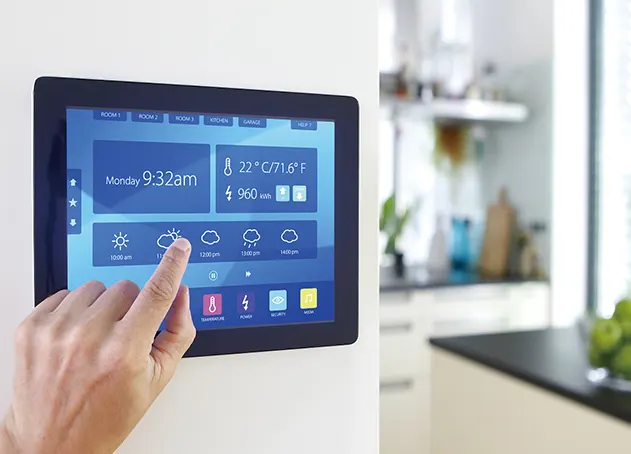
Infrared touch screen monitors use infrared light beams around the edges of the screen to create an invisible grid. When a user touches the screen, the interruption in the infrared beams is detected, allowing for precise touch input registration. This working mechanism enables accurate and responsive touch interactions on the monitor.
Types of Infrared Touch Screens
There are two main types of infrared touch screens: bezel and frameless.
- Bezel infrared touch screens have sensors located around the screen perimeter, allowing for accurate touch detection. However, they may be more prone to interference from ambient light sources.
- Frameless infrared touch screens have sensors integrated directly into the display, providing better touch accuracy and visibility.
Pros of Infrared Touch Screens
- High Touch Accuracy: Infrared touch screens offer precise touch detection, resulting in accurate and reliable touch input.
- Immunity to Surface Contaminants: Since infrared touch screens do not have physical layers on the screen surface, they are less affected by surface contaminants such as dust, dirt, or moisture.
- Multi-Touch Support: Many infrared touch screens support multi-touch gestures, allowing for intuitive and interactive user experiences.
- Frameless Design: Frameless infrared touch screens provide a sleek and modern aesthetic, ideal for applications where design and aesthetics are important.
Cons of Infrared Touch Screens
- Limited Ambient Light Immunity: Infrared touch screens can be sensitive to ambient light sources, which may impact touch accuracy in brightly lit environments.
- Cost: Infrared touch screens can be more expensive to manufacture compared to other touch screen technologies, potentially increasing the overall cost of devices.
- Calibration Sensitivity: Infrared touch screens may require frequent calibration to maintain optimal performance and touch accuracy, adding complexity to the maintenance process.
- Lack of Glove Compatibility: Similar to capacitive touch screens, some infrared touch screens may not work effectively with gloves or styluses, limiting their functionality in certain scenarios.
SAW Touch Screen Monitors
Surface Acoustic Wave (SAW) touch screens use ultrasonic waves that pass over the surface of the screen. When a user touches the screen, the waves are absorbed, causing a loss of signal that is detected by sensors. This working mechanism allows for precise touch input registration and accurate touch interactions on the screen.
Types of SAW Touch Screens
There are two main types of SAW touch screens: pure glass and dual-touch.
- Pure glass SAW touch screens offer superior image clarity and are resistant to scratches and smudges. However, they may be more expensive to manufacture.
- Dual-touch SAW touch screens allow for multi-touch gestures and are commonly used in interactive kiosks and gaming devices.
Pros of SAW Touch Screens
- High Touch Sensitivity: Surface Acoustic Wave (SAW) touch screens are known for their exceptional touch sensitivity, allowing for precise and responsive touch interactions.
- Durable and Long-Lasting: SAW touch screens are resistant to scratches and abrasions, making them durable and long-lasting, even in high-traffic environments.
- Excellent Image Clarity: SAW touch screens maintain excellent image clarity and quality, providing users with a visually appealing display experience.
- Multi-Touch Support: Many SAW touch screens offer multi-touch support, enabling users to engage in multi-finger gestures for enhanced interaction.
Cons of SAW Touch Screens
- Susceptibility to Contamination: SAW touch screens can be vulnerable to contamination and interference from external factors such as dust, dirt, or liquids, which may affect touch responsiveness.
- Limited Button-Less Activation: SAW touch screens may not support button-less activation methods without the addition of physical buttons, limiting their functionality in certain applications.
- Cost: SAW touch screens tend to be more expensive to produce than other touch screen technologies, increasing the overall cost of devices that incorporate this technology.
- Limited in Bright Environments: In brightly lit environments or under direct sunlight, SAW touch screens may experience reduced touch accuracy due to interference caused by ambient light sources.
Optical Touch Screen Monitors
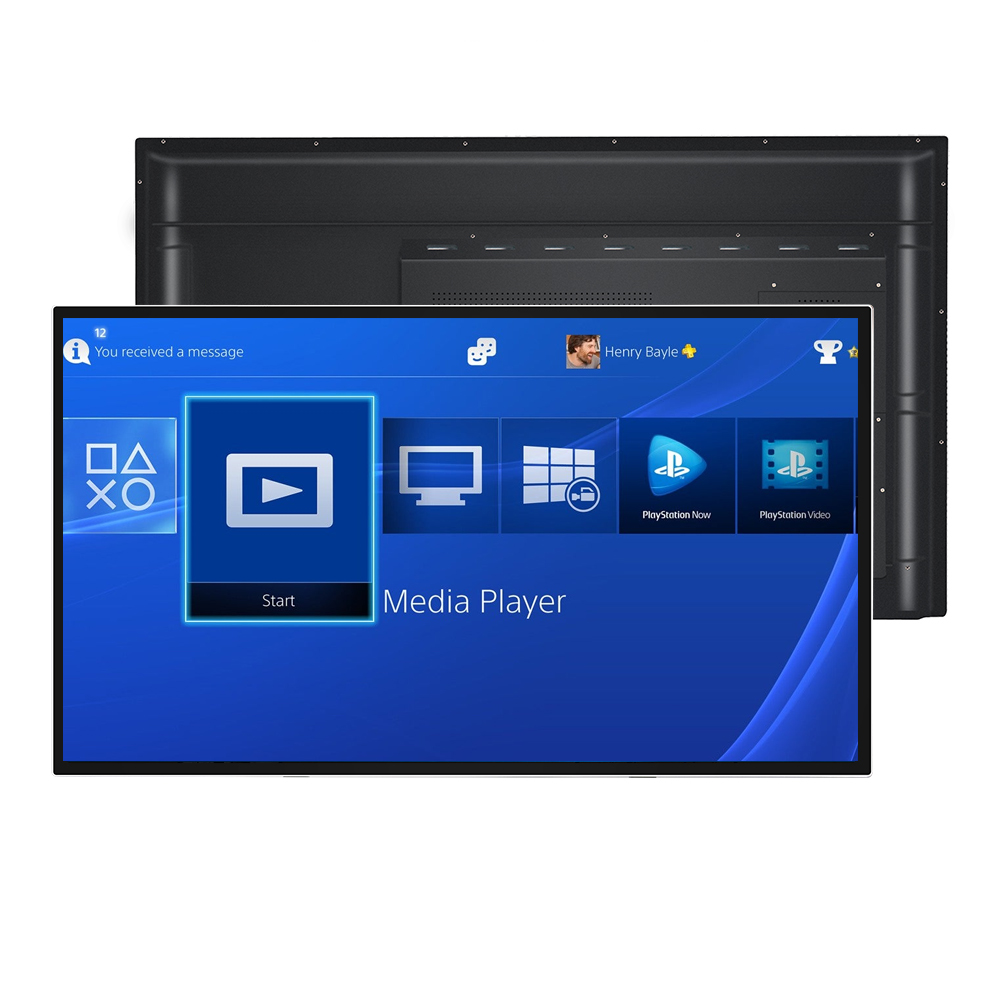
Optical touch screen monitors utilize infrared light beams and sensors to detect touch inputs on the screen. When a user touches the screen, the interruption in the light beams is registered, allowing for accurate touch detection and interaction.
Types of Optical Touch Screens
Optical touch screens are available in two main types: multi-touch and single-touch.
- Multi-touch optical touch screens support gestures like pinch-to-zoom and rotate, making them ideal for interactive applications.
- Single-touch optical touch screens are more commonly found in retail kiosks and other non-multi-touch environments.
Pros Optical Touch Screens
- Excellent Touch Sensitivity: Optical touch screens offer high touch sensitivity, allowing for precise and accurate touch inputs.
- Enhanced Durability: Optical touch screens are durable and resistant to scratches and wear, maintaining their functionality even with regular use.
- Clear Display: Optical touch screens provide clear display quality with minimal distortion, enhancing the overall visual experience for users.
- Multi-Touch Support: Many optical touch screens support multi-touch gestures, enabling users to perform complex gestures and interactions.
Cons of Optical Touch Screens
- Limited Glove Compatibility: Some optical touch screens may have limited compatibility with gloves or styluses, restricting their use in certain environments.
- Reflections and Glare: Optical touch screens may be prone to reflections and glare, especially in brightly lit environments, which can affect visibility and touch accuracy.
- Cost: Optical touch screens may be more expensive to manufacture compared to other touch screen technologies, contributing to higher device costs.
- Single-Touch Constraints: Some optical touch screens may only support single-touch input, limiting their functionality in scenarios that require multi-touch capabilities.
Comparison of Different Touch Screen Monitor Types
When comparing different touch screen monitor types, several factors should be considered:
Touch Sensitivity
- Capacitive touch screens offer high touch sensitivity and precise touch input.
- Resistive touch screens may have lower touch sensitivity compared to other types.
- Infrared touch screens provide accurate touch detection but may be affected by ambient light.
- SAW touch screens offer high touch sensitivity for precise inputs.
- Optical touch screens also offer excellent touch sensitivity and accurate touch interactions.
Durability and Longevity
- Capacitive touch screens are durable and resistant to wear and tear.
- Resistive touch screens are resilient to scratches and abrasions.
- Infrared touch screens are susceptible to contamination but are durable and long-lasting.
- SAW touch screens are resistant to scratches and wear, maintaining durability.
- Optical touch screens provide durability and may be prone to scratches.
Cost-Effectiveness
- Capacitive touch screens may be more expensive to manufacture compared to other types.
- Resistive touch screens are typically more affordable.
- Infrared touch screens can be more expensive to produce.
- SAW touch screens may have higher manufacturing costs.
- Optical touch screens may be more costly to manufacture.
Application Compatibility
- Capacitive touch screens are ideal for smartphones, tablets, and high-tech devices.
- Resistive touch screens are compatible with various applications and environments.
- Infrared touch screens are suitable for interactive displays in different settings.
- SAW touch screens are commonly used in industrial and commercial applications.
- Optical touch screens are versatile and can be used in a wide range of applications.
Choosing the Right Touch Screen Monitor for Your Needs
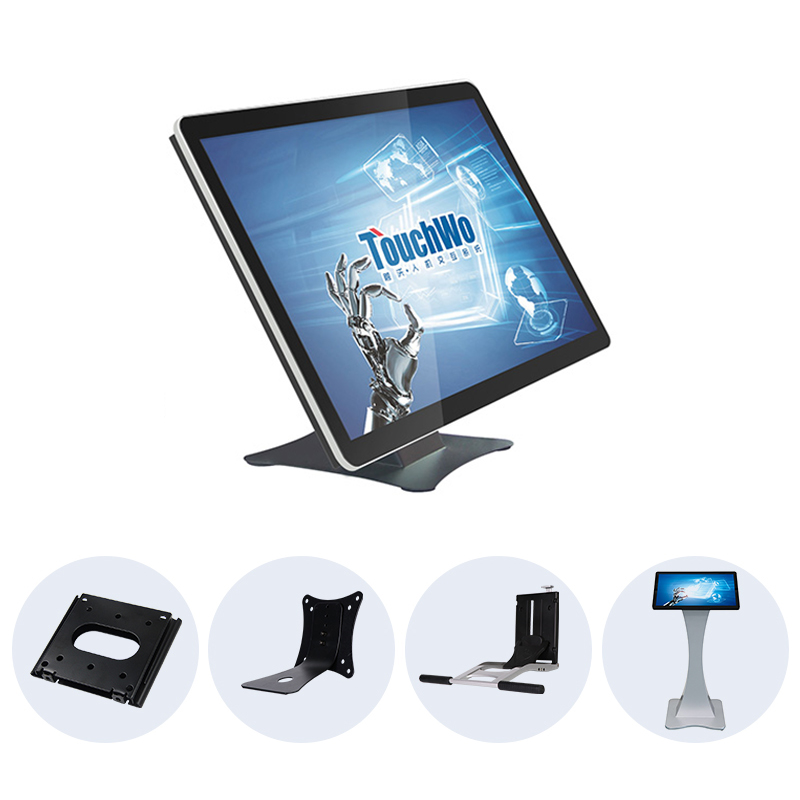
When selecting a touch screen monitor, consider the following factors:
- Size: Choose a screen size that suits your needs and fits within the available space.
- Resolution: Higher resolution screens offer better image clarity and detail.
- Touch technology: Select a touch technology that aligns with your desired touch sensitivity and capabilities.
- Popular brands and models: Research popular brands and models to find a touch screen monitor that meets your requirements.
- Reliable Manufacturer: Remember to choose a reliable touch screen monitor manufacturer to buy high quality touch screen monitor.
Conclusion
In conclusion, the world of touch screen monitors offers a variety of options to suit different needs and preferences. Whether you prefer the high touch sensitivity of capacitive touch screens or the durability of resistive touch screens, there is a touch screen monitor available for you. By considering factors like touch sensitivity, durability, cost-effectiveness, and application compatibility, you can choose the right touch screen monitor to enhance your digital experience.




